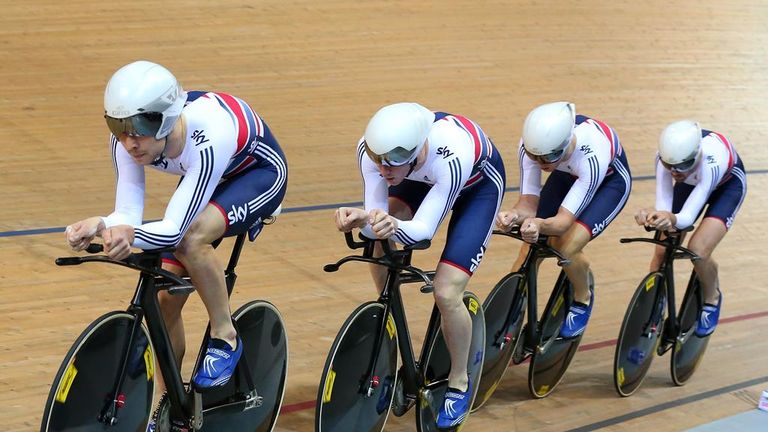rock wrote:
Yes I do, do you think time differences of a couple of hundredths of a second count as marginal? Because that's what can seperate winners and losers in this event. You may think it's marginal, but I'm telling you from experience once you impact your ability to recover even a slight, or 'marginal', bit you impact your ability to put out big watts on the front when it's your turn to pull.
Right, but as you yourself pointed out, there's more to team pursuit than rider CdA. It's critically important to ride tight. It's critically important to make crisp exchanges. It's important for all riders, while in front, to be in a position where they comfortably generate 600+W.
From this thread we've established that wide-arms can be quite aero.
My point here is simply that if the teams find that the difference in aero between narrow and wide is marginal...e.g. something on the order of 1-5W at speed, then they might decide that all the other stuff - bike handling, power, might the decision might swing to wider. This shouldn't be a crazy, controversial statement. It's not dismissing the important of aerodynamics. It's simply viewing the optimization of team pursuit performance as a system optimization problem. Not an aerodynamics optimization problem.
Either that or all the team running wide arms have either found that to be most aero. In which case we have to wonder why so few IP riders do the same.
Or they're just dumb.
Edit: This is really just re-stating what Titanflexer said early in the thread. Only he didn't have the balls to threaten the ST church-of-aero by pointing out that those decisions involve marginally discounting the importance of rider CdA. :)











